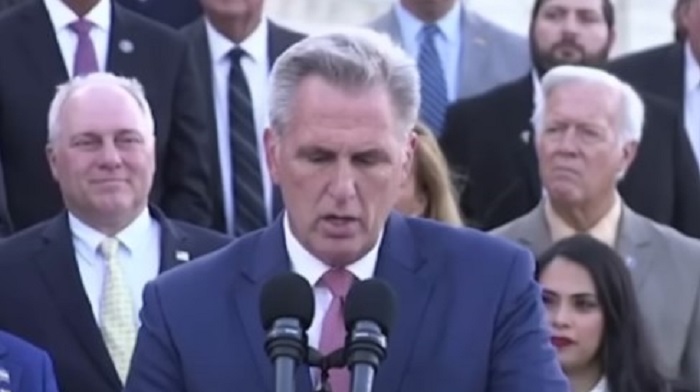David Beckworth recently interviewed Tom Graff:
Graff: The other thing I would just point out is that the first quarter GDP being negative was quite spurious. The final demand numbers, which basically takes out some of the trade impact, was quite positive. So the only reason why it was negative was because import numbers were so high and having a really strong import is a sign of a strong economy, not a weak economy. But this quarter’s a little different. This quarter, the biggest negative effect was from fixed investment, which includes home building, and equipment purchased by companies and stuff like that. And that going negative is pretty notable, right? That’s probably a first order effect of the Fed tightening financial conditions, and it’s interesting that’s happened so quickly. Because remember, this GDP’s only counting April, May, and June, and a lot of those fixed investments decisions are made over an extended period, so the fact that’s turned negative so quickly is definitely notable.
Beckworth: Yes, I have found that striking too. And as you mentioned, a little surprising because you think of monetary policy working with long and variable lags, as Milton Friedman said, but as my colleague Scott Sumner likes to say, monetary policy can also work with long and variable leads when it comes to financial conditions and in turn, these investments as you mentioned. So the Fed has tightened financial conditions and they are already having an impact on housing and construction. So I guess the takeaway is monetary policy works and has worked really quickly.
I’ve always been critical of the long and variable lags view of monetary policy. In my view, the impact of policy on spending and output is relatively quick, although some sticky wages and prices do respond with a lag.
A more conventional economist might respond as follows: Yes, the economy slowed at about the same time as the Fed raised rates, but late last year the Fed signaled that it would soon pivot to policy tightening, and longer-term interest rate rose on anticipation of this future tightening. So the recent economic sluggishness is the lagged effect of a tightening of financial conditions that resulted from Fed policy signals late last year.
I think that view is partly correct and partly incorrect. It is correct that signals of future tightening do represent the tightening of monetary policy. Indeed that’s what David and I mean by “long and variable leads”. The effects can occur in response to these signals, before the actual implementation of “concrete steps” such as raising short-term interest rate targets or quantitative tightening.
On the other hand, in this case I don’t believe the initial signals actually had the effect of tightening policy. While it’s true that long-term rates drifted somewhat higher in late 2021 and early 2022, the natural interest rate was rising even faster, due to rapidly accelerating inflation/NGDP growth. Thus policy was effectively become looser, despite somewhat higher longer-term rates. The Fed was behind the curve.
The question of policy lags seems very mysterious and hard to pin down. Ideally, we’d have a well functioning and highly liquid NGDP futures market. In that case, changes in NGDP futures prices would represent monetary policy shocks, and you could easily derive the length of policy lags by looking at the time delay between a change in NGDP futures prices and the change in current NGDP.
PS. The Hypermind NGDP market is a first step toward this goal:
















